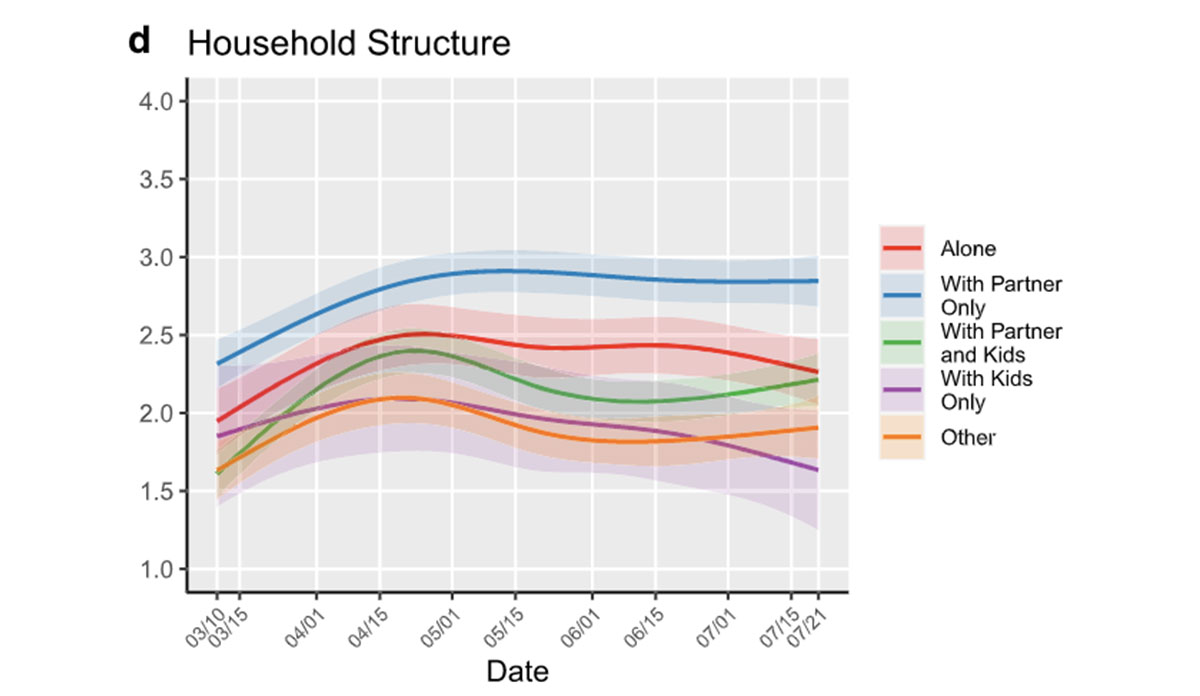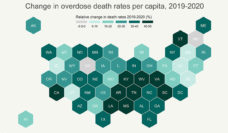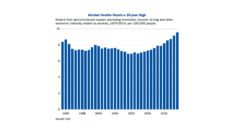An occasional margarita in front of my computer. When I think of the early days of the COVID-19 pandemic that is what I think of. Up until March of 2020, I never drank margaritas while sitting in front of my computer. They belonged in restaurants, parties, and weddings. But in March we couldn’t go out, and alcohol sales in the United States soared. Many of us turned to cocktails at home as a way to cope with the isolation and the many other changes the pandemic brought.
Alcohol use and binge drinking have increased over the past decade, but the pandemic exacerbated this rise, particularly for some groups. Courtney Nordeck and colleagues surveyed 4,298 people between March and June 2020 to measure changes in alcohol use in the early months of the pandemic.
For most groups, researchers saw an increase in drinking days in April that continued through July. And for most groups, this increase eventually reversed, or began to return to the number of drinking days per week before the pandemic hit. But for those who lived only with a partner, or lived alone, the number of drinking days remained elevated.
Researchers note that solitary drinking can be symptom of alcohol use disorder and associated with other adverse mental health outcomes. And in the context of COVID, where bars and restaurants were closed, many more people might have engaged in solitary drinking.
My computer margarita may have looked like solitary drinking. But, was it? It was a virtual cocktail night with friends, and while I was in my room, drinking alone, I was also accompanied by some of my closest friends.
During times of uncertainty and isolation people turn to alcohol. Who one drinks with and one’s reasons for drinking remain important to monitor, during pandemics and after they end.
Databyte via Courtney D. Nordeck et al. Changes in drinking days among United States adults during the COVID-19 pandemic. Addiction, 2022.














